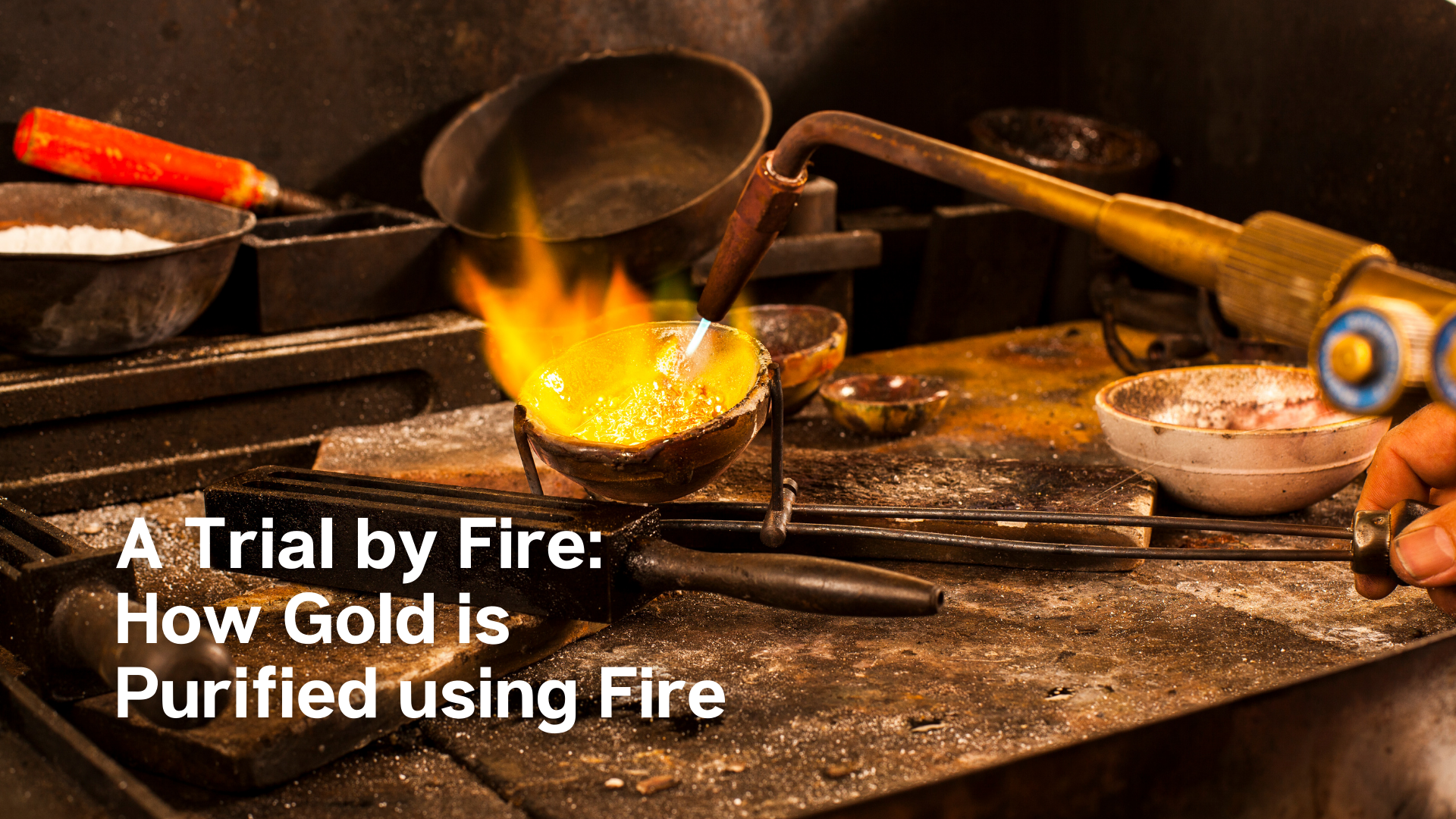

Gold refining has a rich history that spans centuries, with fire being one of the oldest and most trusted methods to purify this precious metal. Whether you are dealing with scrap gold from jewelry manufacturing or working with newly mined ore, the goal is the same: to remove impurities and enhance the gold’s purity. One of the most effective techniques for achieving this is the pyrometallurgical gold refining process, which allows for the selective oxidation of base metals in molten gold, producing a clean gold-silver-copper alloy.
In this blog, we’ll explore the process of refining gold by fire, focusing on the pyrometallurgical technique. We will answer some common questions like how do you refine gold with fire, and outline the advantages of this method for small to medium jewelry manufacturers.
The pyrometallurgical process is based on the principle of selectively oxidizing base metal impurities, leaving behind a gold-copper-silver alloy. The process involves:
The entire process takes about an hour and is highly efficient at removing base metals while retaining the valuable gold and silver.
For small to medium-scale jewelry manufacturers, the pyrometallurgical gold refining process offers several significant benefits over traditional refining methods:
Table below highlights the efficiency of base metal removal using the pyrometallurgical process:
Metal |
Removal Percentage (%) |
Zinc |
99% |
Lead |
92% |
Tin |
96% |
Iron |
>99% |
Cadmium |
91% |
Antimony |
90% |
Bismuth |
77% |
Arsenic |
94% |
Nickel |
>90% |
This method is especially advantageous for scrap gold refining, where the goal is not necessarily to produce pure gold, but rather a usable alloy for re-alloying into new jewelry.
At Phoenix Refining, we specialize in processing and refining gold using a variety of methods, including pyrometallurgical refining. Whether you have scrap gold or lower-purity alloys, we ensure that the process of refining gold is tailored to meet your specific needs. Our expertise allows us to provide high-quality results, with minimal losses and maximum efficiency.
We understand that how gold is refined by fire can be a complex process, but with the right tools and knowledge, it becomes a powerful way to produce a clean, reusable alloy. If you have questions like how is gold purified or how do I refine gold, our team is here to guide you through every step of the journey.
Corti, C. W. (2002, May). Recovery and refining of gold jewelry scraps and wastes. In The Santa Fe Symposium on Jewelry Manufacturing Technology (pp. 1-20).